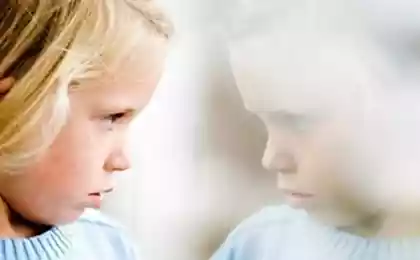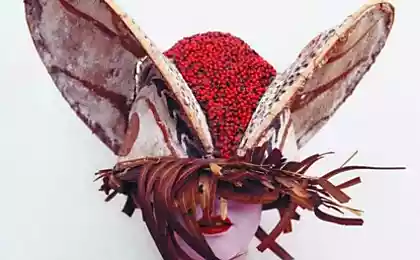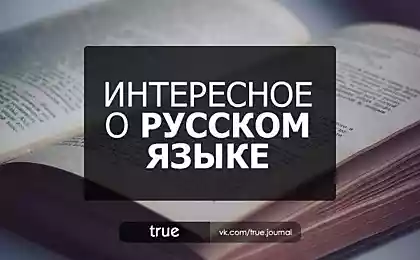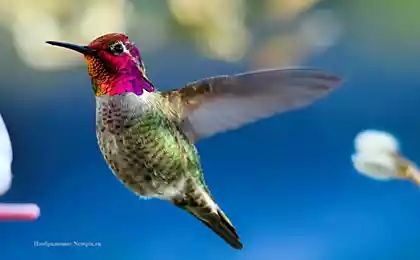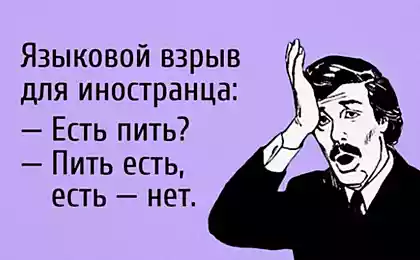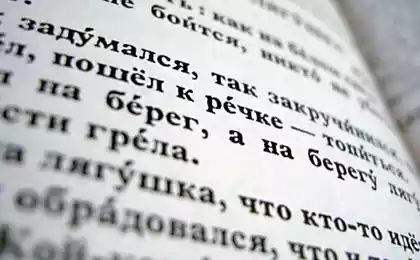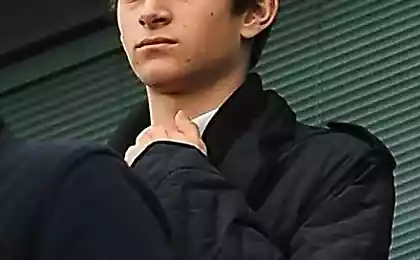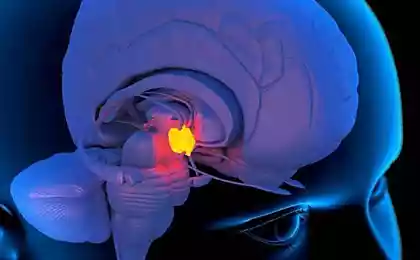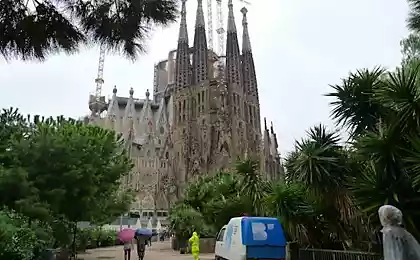1441
12 interesting facts about the magnificent Russian headdress headdress
The word "kokoshnik" is familiar to all from childhood, and each is more or less imagine what it is. But the story of this headdress was full syurprizov.Naprimer, Website surprised to learn that no innocent kokoshnik fell into disgrace of Peter the Great, who, struggling with the old, fought with innovative features. So, we offer you the facts about the headdress.

1. When it is in the Russian women's costume appeared kokoshnik unknown. The name "kokoshnik" comes from the word "Kokosh" - cock, hen.
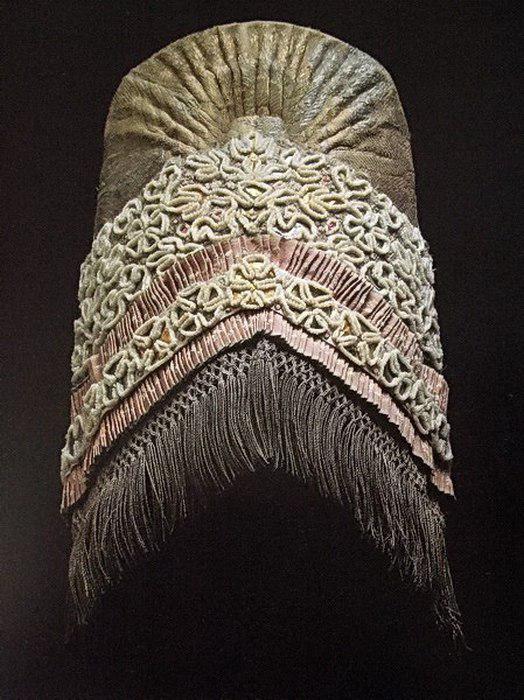
2. headdress called old Russian headdress in the form of circular shield around the head or vane. The first recorded use of the word in the XVII century.

3. One of the most popular versions of the appearance kokoshnik - Byzantine. Even in ancient Greek women decorated their noble diadems hairstyles that were fastened with tape. It is highly probable that in the period of active trade between Russia and Byzantium princes daughter could meet c Byzantine fashion.
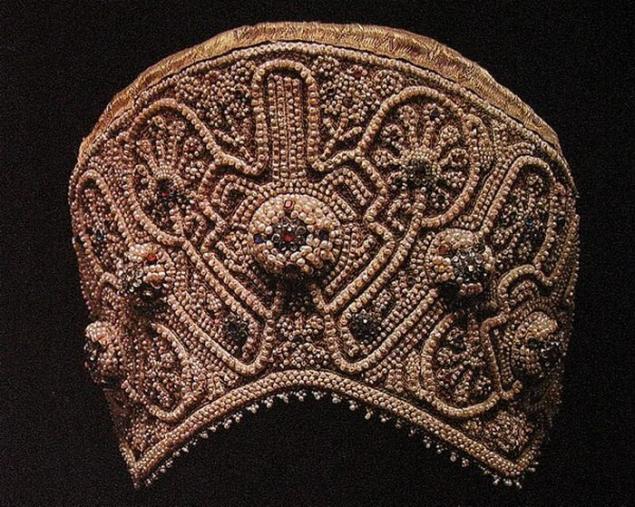
4. girl's headdress were not covering her hair, and women. Custom cover the hair of married women since ancient times known to all the Slavic peoples of Eastern and Western Europe and is associated with pre-Christian religious beliefs. The Russian village used to be considered that a woman with uncovered head can bring misfortune to the house: cause crop failure, livestock deaths, illnesses of people and so on. D.

5. The main feature kokoshnik - comb. In various Russian provinces, its shape was different. For example, in Kostroma, Pskov, Saratov, Nizhny Novgorod and Vladimir kokoshniki shaped like an arrowhead. In Simbirsk were kokoshniki-crescents. In other areas were "the golden-domed", "heels", "slope", "coca" and "magpie».
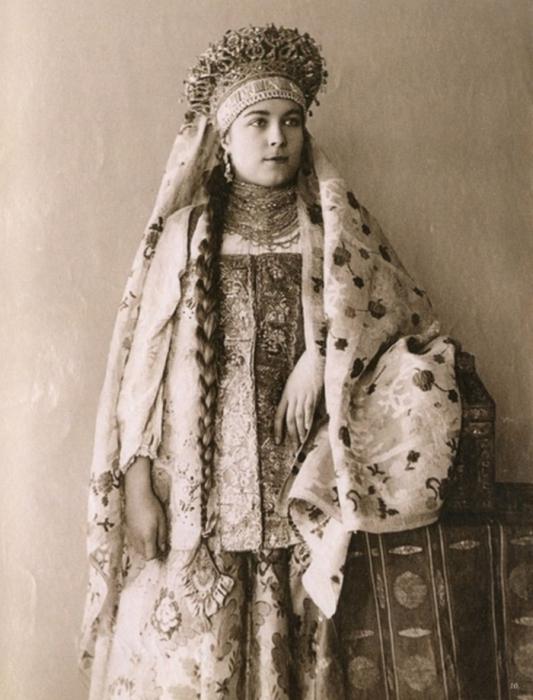
6. In fact, kokoshnik was sort of a fan of thick base which was sewn to the hat. Behind him down the tape. Kokoshnik considered festive and even bridal headdress.

7. A special attention was paid to ornament adorning kokoshnik. In the middle, usually located stylized "frog" - a symbol of fertility. On the sides - S-shaped figures of swans - the symbol of marital fidelity.
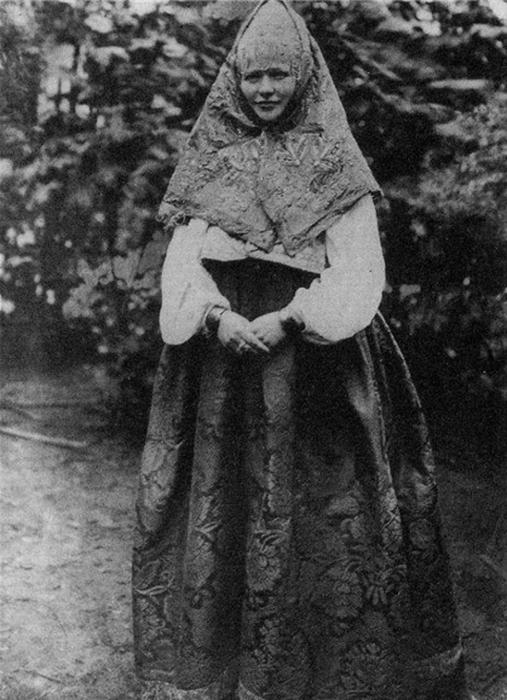
8. The back part was particularly rich. It traditionally embroidered stylized bush that symbolized the tree of life, which each branch - the new generation. And in this "bush" was and poultry, and fruits with seeds and many other symbolic characters.
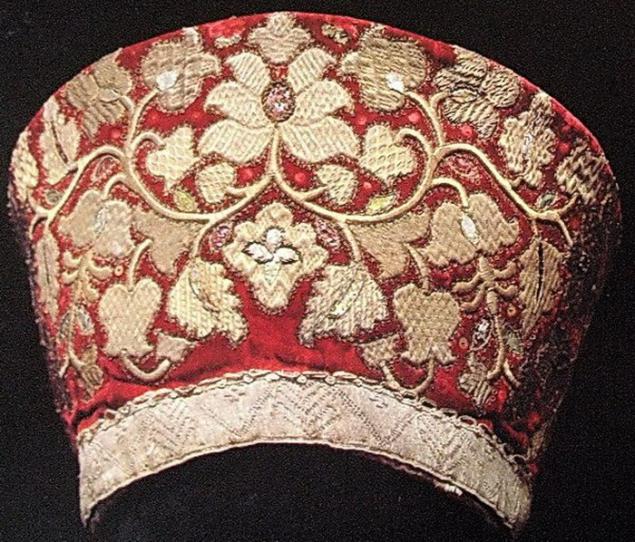
9. kokoshniki was manufactured in large villages, cities or monasteries kokoshnitsy-masters. At first they embroidered with gold and silver, precious fabrics, and then pulled it on the basis of birch bark. Dovolko kokoshniki often embroidered with pearls.
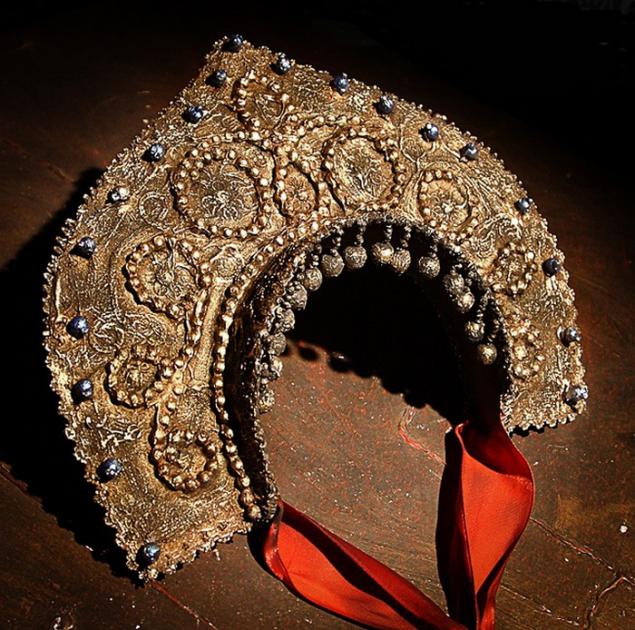
10. The price of some products reached 300 rubles. banknotes, so kokoshniki carefully kept in the family and passed by inheritance.
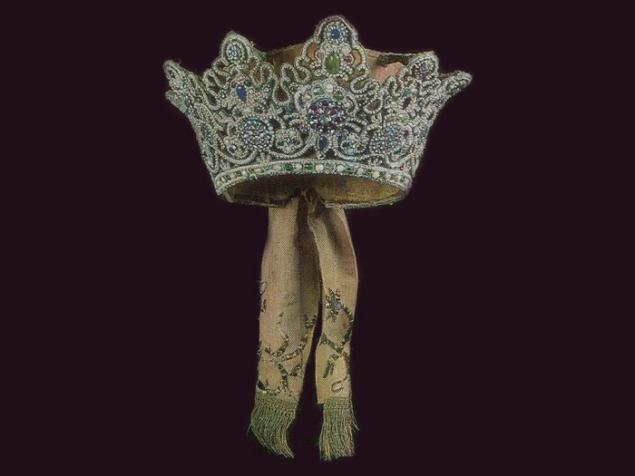
11. Peter I forbade wearing this hat, but as a wedding attribute kokoshnik preserved in Russian fashion. And when Catherine when revived interest in Russian history and Russian antiquities, along with traditional sundresses and returned some semblance kokoshnik.

12. Nicholas I in. 1834 issued a decree that introduced the new court dress with innovative. It consisted of an open narrow bodice with long sleeves "a la boyars" and a long skirt with a train. The order of wearing these dresses remained in Russia until February 1917.
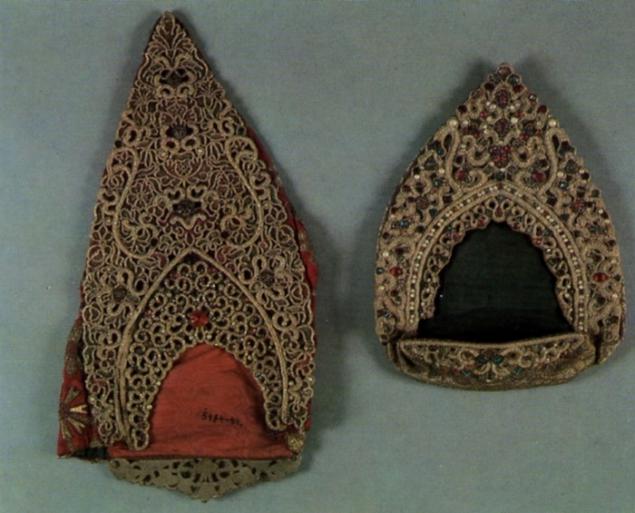
via www.kulturologia.ru/blogs/151015/26722/

1. When it is in the Russian women's costume appeared kokoshnik unknown. The name "kokoshnik" comes from the word "Kokosh" - cock, hen.

2. headdress called old Russian headdress in the form of circular shield around the head or vane. The first recorded use of the word in the XVII century.

3. One of the most popular versions of the appearance kokoshnik - Byzantine. Even in ancient Greek women decorated their noble diadems hairstyles that were fastened with tape. It is highly probable that in the period of active trade between Russia and Byzantium princes daughter could meet c Byzantine fashion.

4. girl's headdress were not covering her hair, and women. Custom cover the hair of married women since ancient times known to all the Slavic peoples of Eastern and Western Europe and is associated with pre-Christian religious beliefs. The Russian village used to be considered that a woman with uncovered head can bring misfortune to the house: cause crop failure, livestock deaths, illnesses of people and so on. D.

5. The main feature kokoshnik - comb. In various Russian provinces, its shape was different. For example, in Kostroma, Pskov, Saratov, Nizhny Novgorod and Vladimir kokoshniki shaped like an arrowhead. In Simbirsk were kokoshniki-crescents. In other areas were "the golden-domed", "heels", "slope", "coca" and "magpie».

6. In fact, kokoshnik was sort of a fan of thick base which was sewn to the hat. Behind him down the tape. Kokoshnik considered festive and even bridal headdress.

7. A special attention was paid to ornament adorning kokoshnik. In the middle, usually located stylized "frog" - a symbol of fertility. On the sides - S-shaped figures of swans - the symbol of marital fidelity.

8. The back part was particularly rich. It traditionally embroidered stylized bush that symbolized the tree of life, which each branch - the new generation. And in this "bush" was and poultry, and fruits with seeds and many other symbolic characters.

9. kokoshniki was manufactured in large villages, cities or monasteries kokoshnitsy-masters. At first they embroidered with gold and silver, precious fabrics, and then pulled it on the basis of birch bark. Dovolko kokoshniki often embroidered with pearls.

10. The price of some products reached 300 rubles. banknotes, so kokoshniki carefully kept in the family and passed by inheritance.

11. Peter I forbade wearing this hat, but as a wedding attribute kokoshnik preserved in Russian fashion. And when Catherine when revived interest in Russian history and Russian antiquities, along with traditional sundresses and returned some semblance kokoshnik.

12. Nicholas I in. 1834 issued a decree that introduced the new court dress with innovative. It consisted of an open narrow bodice with long sleeves "a la boyars" and a long skirt with a train. The order of wearing these dresses remained in Russia until February 1917.

via www.kulturologia.ru/blogs/151015/26722/
The most closed city of the world in pictures. Ashgabat, we have not seen
7 types of people that should be avoided



